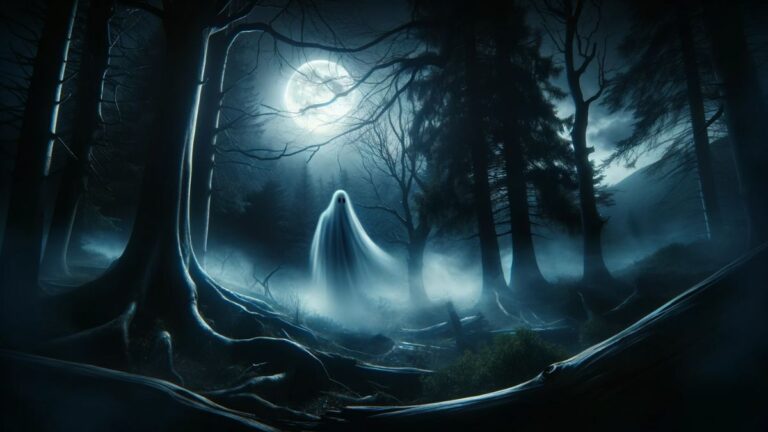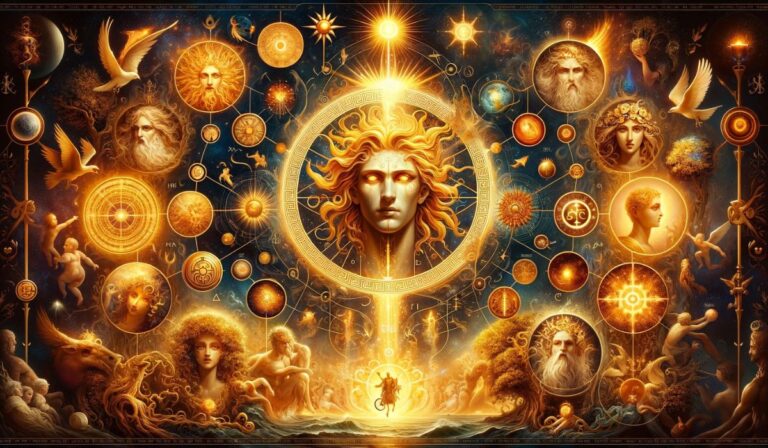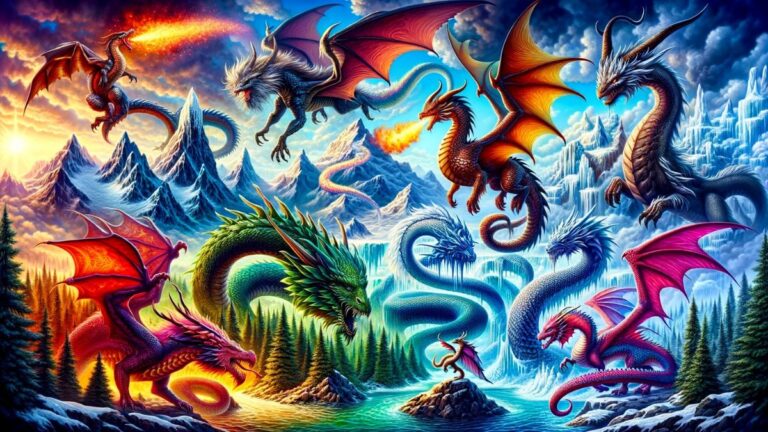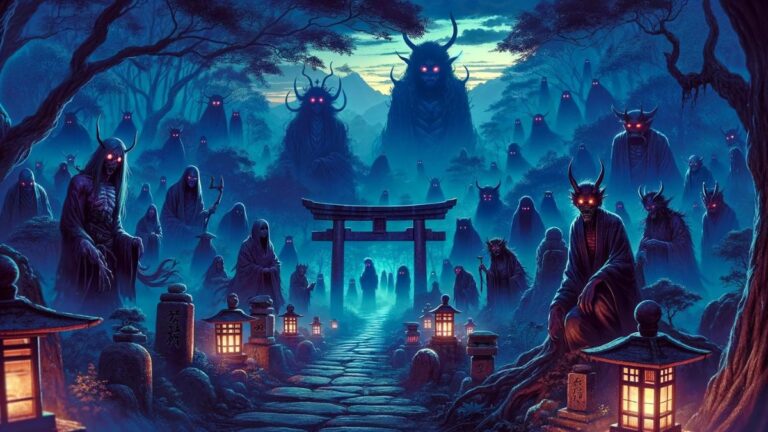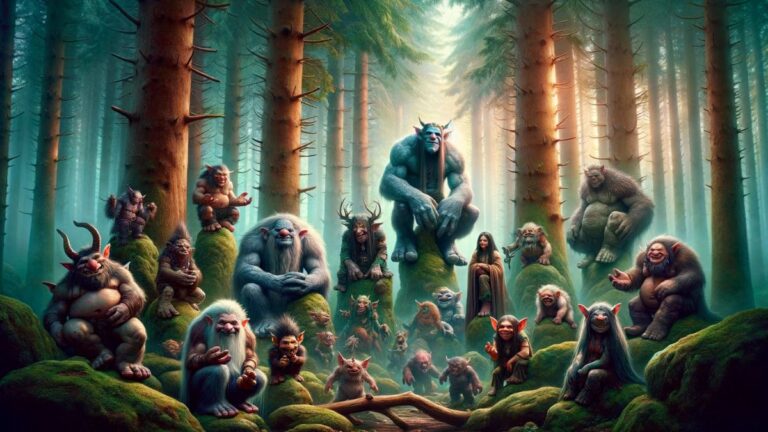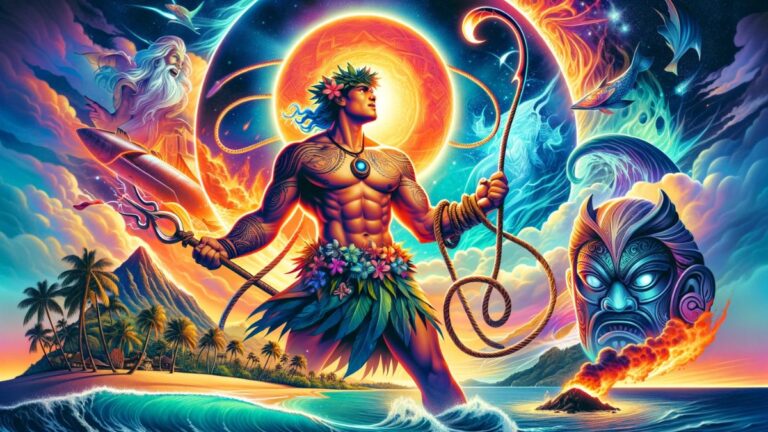Ragnarok: The Twilight of the Gods
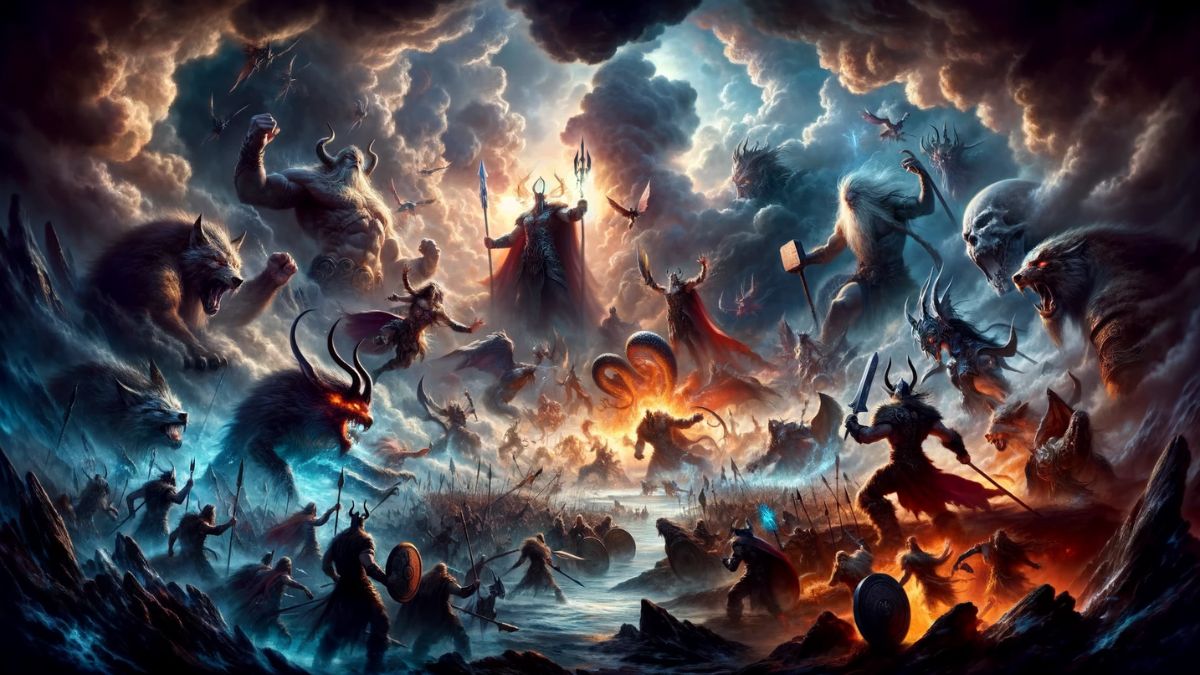
Ragnarok: The Twilight of the Gods is a tale that grips your imagination, taking you on a journey through the end of an era in Norse mythology. This isn’t just a story about battles and the fall of gods; it’s a rich narrative that explores themes of destiny, rebirth, and the natural cycle of life and death. As you dive into this world, you’ll find yourself captivated by the dramatic unfolding of events that signal the end of the world as the Norse knew it.
The Prophetic Beginnings: Signs of Ragnarok
Ragnarok, often referred to as the Twilight of the Gods, is marked by a series of apocalyptic events. These events are preceded by the Fimbulwinter, a brutal winter lasting three straight years with no summers in between. This harsh period is just the start, setting the stage for the impending doom. The world then witnesses three consecutive rooster crows: one in the realm of the gods, one in the land of the giants, and the final one in the world of the dead. These crows serve as a chilling warning, signaling the onset of Ragnarok.
The world of Norse mythology is then thrown into chaos. A great wolf, Fenrir, breaks free from his chains. The Midgard Serpent, Jormungand, stirs from the depths of the sea, causing massive waves. These events symbolize the unraveling of the world’s order, as creatures of prophecy begin to unleash their fury. Nature itself turns hostile, with earthquakes shaking the nine worlds, further signifying that Ragnarok is near.
As the signs become apparent, the gods gather to prepare for the battles ahead. Despite knowing their fates, they are determined to face their destiny with bravery. The gods and the creatures of prophecy are locked in a deadly dance, each aware of the roles they must play. This preparation highlights the courage and resolve of the gods, even in the face of inevitable destruction. Their actions set a tone of heroism and resilience, central themes in the Ragnarok narrative.
The Major Players: Gods and Monsters in Ragnarok
In the tale of Ragnarok, a host of powerful figures take center stage, each playing a crucial role in the saga. Odin, the Allfather and king of the gods, is a central figure. Known for his wisdom and foresight, he’s been preparing for Ragnarok since the beginning of time. Then there’s Thor, the god of thunder, known for his immense strength and his unbreakable hammer, Mjolnir. He’s destined to face the Midgard Serpent in a battle to the death.
On the side of the monsters, Fenrir, the gigantic wolf, and Jormungand, the Midgard Serpent, are key figures. They are children of Loki, the trickster god, who also plays a significant part in the events of Ragnarok. His actions and schemes set many of the prophesied events into motion. Hel, ruler of the underworld, also plays a role, sending forth an army of the dead to join the final battle.
The interactions and conflicts between these gods and monsters create a rich tapestry of stories and legends. Their battles are not just physical confrontations but also represent the clash of fundamental forces and ideas. The narrative weaves themes of betrayal, heroism, and fate, as each character faces their destiny.
The Epic Battles: Clashes That Shaped Destiny
Ragnarok is defined by its epic battles, each more monumental than the last. The gods, led by Odin, and the forces of chaos, led by the giants and Loki’s monstrous children, clash in a series of cataclysmic fights. One of the most iconic battles is between Thor and the Midgard Serpent. In this fierce confrontation, Thor kills the serpent but succumbs to its venomous breath, illustrating the theme of sacrifice and heroism.
Another significant battle is between Odin and Fenrir. Despite his wisdom and power, Odin meets his end at the jaws of the great wolf. This moment is poignant, symbolizing the end of an era and the vulnerability of even the mightiest beings. Fenrir’s eventual defeat by Odin’s son, Vidar, signifies revenge and the continuation of legacies.
These battles are not just physical fights but are laden with symbolic meaning. They represent the struggle between order and chaos, and the inevitability of change and renewal. The battles of Ragnarok carry deep emotional weight, as they lead to the deaths of beloved characters, signaling the end of the old world and the birth of something new.
The Fall of the Aesir: The Gods’ Last Stand
As Ragnarok unfolds, the Aesir, the pantheon of Norse gods, make their final stand. Despite their power and valor, they are aware of the prophesied outcomes. Odin leads his warriors into battle, knowing it is his last. The fall of these gods is not just a loss of life but a symbol of the end of an age. The fall of each god, like Freya, Tyr, and Heimdall, is a poignant reminder of the cycle of life and death.
The battles during Ragnarok are fierce and unforgiving. Each god faces their destined adversary. Loki, the trickster god, faces Heimdall, the watchman of the gods, and both meet their end. These confrontations are not only about physical strength but also about settling old scores and fulfilling ancient prophecies.
The fall of the Aesir is a powerful narrative element. It brings a sense of tragedy and heroism, as these gods, fully aware of their fates, choose to stand against overwhelming odds. Their fall marks the end of an era but also paves the way for new beginnings, a central theme in the Ragnarok story.
Ragnarok’s Aftermath: A New World Emerges
After the cataclysmic events of Ragnarok, a new world emerges from the ashes of the old. This rebirth is a key element of the Ragnarok myth. The world is cleansed and renewed, free from the old conflicts and corruptions. A few gods survive, including Odin’s sons Vidar and Vali, and Thor’s sons Modi and Magni. These gods find a new world, green and fertile, ready for the beginnings of a new era.
The new world is not just a physical place but also a symbol of hope and renewal. It represents the cyclical nature of Norse mythology, where death is always followed by rebirth. The surviving humans, Lif and Lifthrasir, repopulate the world, ensuring the continuity of life.
This aftermath is a crucial part of the Ragnarok story, as it emphasizes the themes of regeneration and the endless cycle of life. It shows that even after the greatest destruction, there is always the potential for a new beginning and growth.
The Cultural Impact: Ragnarok in Modern Media
Ragnarok has left a lasting impact on modern media and culture. Its themes of destruction and rebirth resonate with audiences, making it a popular subject in books, movies, and video games. The story has been adapted in various forms, often focusing on the dramatic battles and the poignant fall of the gods.
In modern interpretations, the characters and themes of Ragnarok are often explored with new perspectives, adding depth and relevance to contemporary issues. The tale has been used as a metaphor for environmental crises, political upheaval, and personal struggles, showing its timeless appeal.
The continued popularity of Ragnarok in modern media highlights its enduring fascination. It captures the imagination with its epic scale, tragic heroes, and the profound message that even in destruction, there is the hope for a new beginning. This adaptability and relevance keep the story of Ragnarok alive in the collective consciousness.

